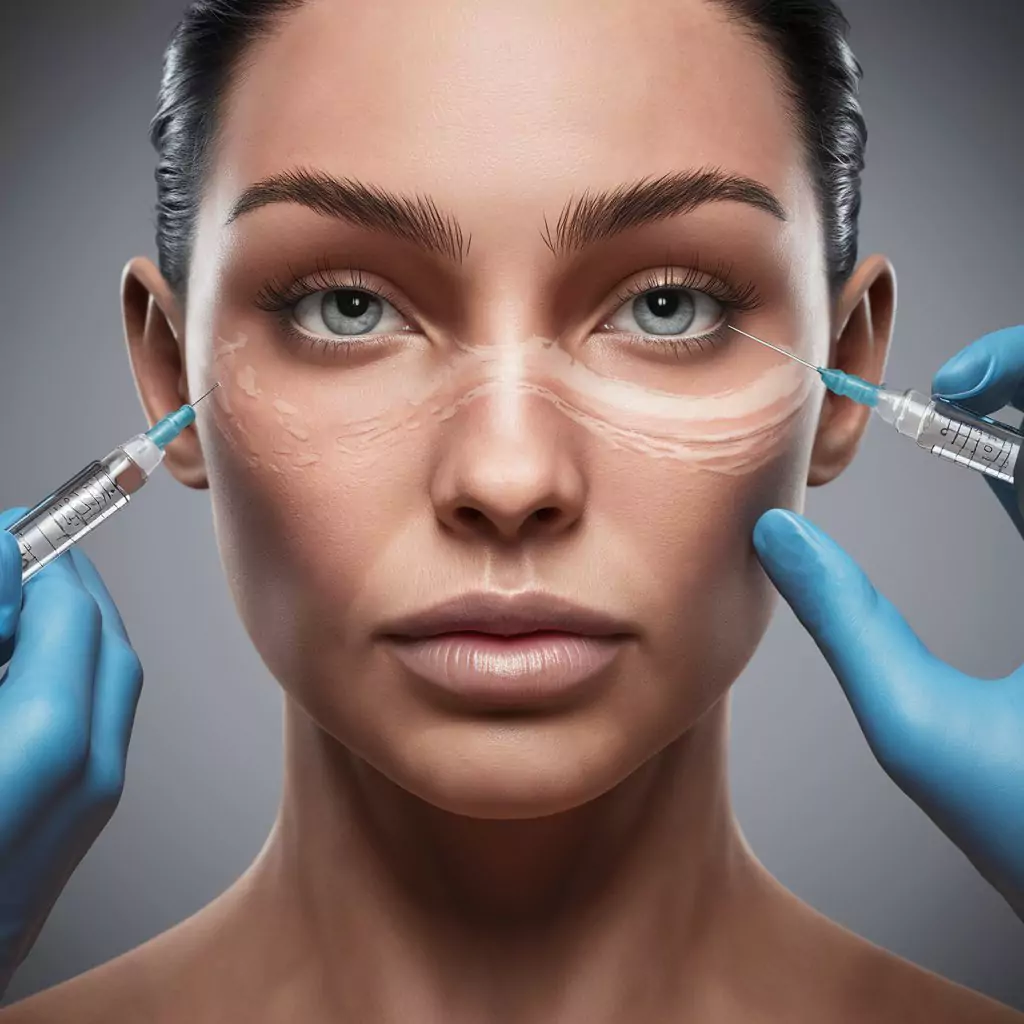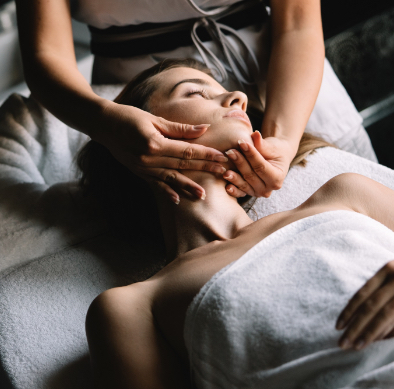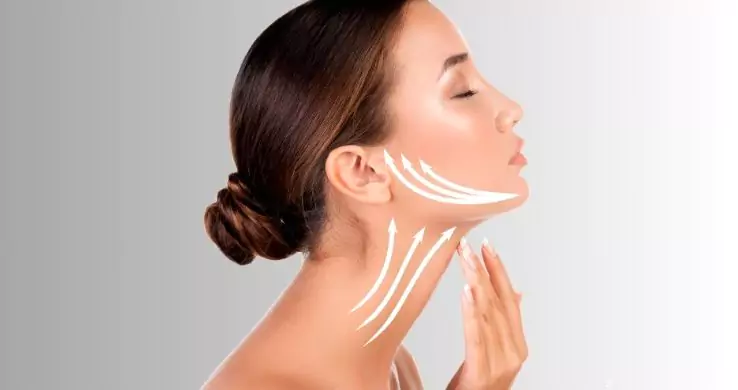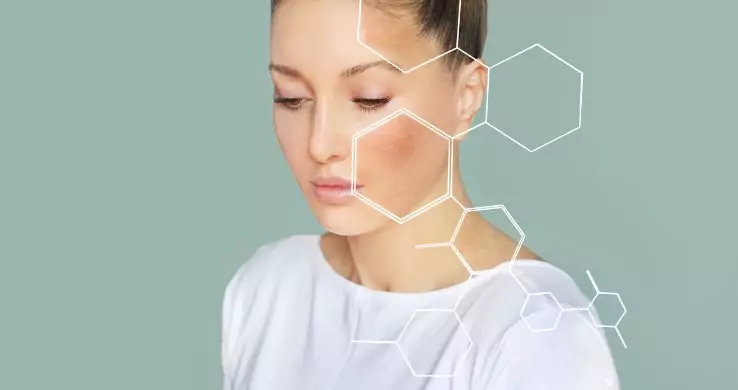The increasing popularity of dermal fillers as a non-surgical solution for facial rejuvenation has been driven by their ability to restore lost volume and minimize the appearance of fine lines. Specifically, addressing under eye hollows and marionette lines has become a common application for dermal fillers. In this comprehensive guide, we will explore the mechanisms of dermal fillers, their effectiveness in treating under eye hollows and marionette lines, as well as the critical considerations for choosing a qualified provider.
Understanding Dermal Fillers
Dermal fillers are composed of a smooth, gel-like substance that is typically injected beneath the skin’s surface to add volume and fullness to targeted areas. The key component of most dermal fillers is hyaluronic acid, a naturally occurring substance in the body that plays a role in maintaining skin hydration and elasticity. Some fillers also contain synthetic or bio-compatible materials. The placement and amount of filler used depend on the individual’s unique facial anatomy and the specific concerns being addressed.
Treating Under Eye Hollows with Dermal Fillers
Under eye hollows, also known as tear trough deformity, can result from genetic predisposition, age-related volume loss, or prolonged sun exposure (1). Dermal fillers offer a non-invasive solution to address this concern by restoring lost volume and improving the appearance of dark circles under the eyes. During the treatment, the filler is strategically injected along the orbital rim and beneath the tear trough to create a smoother transition between the lower eyelid and the cheek. This technique requires a delicate and precise approach to avoid potential complications such as nodules or excessive swelling (4).
The longevity of under eye fillers can vary, typically lasting between 12 to 18 months, depending on the type of filler used. Patients should anticipate some mild swelling and bruising immediately following the procedure, though these effects typically resolve within a few days (2). It is recommended to avoid heavy physical activity and use cold compresses to minimize any post-treatment discomfort.
Addressing Marionette Lines with Dermal Fillers
Marionette lines, which are the vertical creases that extend from the corners of the mouth to the chin, are a common manifestation of facial aging that can contribute to a tired or sad expression (3). Dermal fillers provide a minimally invasive method to soften the appearance of these lines by restoring volume and supporting the skin’s structure. By strategically injecting fillers into the affected areas, providers can achieve a lifting effect that reduces the depth of marionette lines, resulting in a more youthful and rejuvenated facial contour.
Like under eye hollow treatments, the longevity of fillers for marionette lines typically ranges from 6 to 12 months. Following the procedure, patients should be mindful of potential side effects such as minor swelling or bruising, which can be managed through the application of cold compresses and the avoidance of strenuous activities during the initial recovery period.
The Importance of Choosing a Skilled Provider
The administration of dermal fillers requires a high level of expertise and precision to minimize the risk of adverse outcomes and maximize the aesthetic benefits. Patients should prioritize selecting a qualified provider who possesses in-depth knowledge of facial anatomy, extensive experience in performing filler injections, and a commitment to personalized care. A skilled provider will conduct a thorough assessment of the patient’s facial structure, discuss their goals and expectations, and develop a customized treatment plan tailored to their unique needs.
To ensure the safety and effectiveness of the procedure, patients should be proactive in researching potential providers, verifying their credentials and certifications, and seeking testimonials or before-and-after images of previous patients. By choosing a skilled and reputable provider, individuals can embark on their dermal filler journey with confidence, knowing that their aesthetic goals are in capable hands.
Recovery and Results
Following the administration of dermal fillers for under eye hollows or marionette lines, patients may experience some temporary side effects such as mild swelling, redness, or bruising at the injection sites. These effects generally subside within a few days and can be managed through the application of cold compresses and the avoidance of strenuous physical activities that may exacerbate swelling. It is important for patients to follow post-treatment care instructions provided by their provider to optimize the healing process and reduce the risk of complications.
The results of dermal fillers typically become fully apparent after a few weeks once any initial swelling has resolved and the filler has settled into its intended position. Patients can expect the effects of the fillers to last between 12 to 18 months, at which point they may consider scheduling a touch-up treatment to maintain their desired aesthetic outcomes. Regular follow-up appointments with the provider will allow for a comprehensive evaluation of the treatment’s impact and the opportunity to address any concerns or considerations for future treatments.
Managing Expectations and Follow-up Care
It is essential for individuals considering dermal fillers to manage their expectations and approach the treatment as a complement to their natural facial features, rather than a complete transformation. A skilled provider will engage in open and transparent discussions with patients to establish realistic goals, address any concerns, and ensure that the treatment aligns with the patient’s aesthetic preferences. Additionally, patients should be aware that dermal fillers are not permanent and will gradually be metabolized by the body over time. As such, periodic touch-up treatments may be necessary to sustain the desired results. A dedicated provider will guide patients through a comprehensive follow-up care plan, offering tailored recommendations for maintaining the effects of the fillers and optimizing long-term outcomes.
Conclusion:
The utilization of dermal fillers for addressing under eye hollows and marionette lines has significantly transformed the approach to facial rejuvenation, offering individuals a non-surgical and effective means of restoring volume and minimizing the visible signs of aging. By selecting a qualified provider and adhering to a personalized treatment plan, patients can achieve natural and harmonious results that enhance their facial contours and foster a renewed sense of confidence.
References
- Buchanan DR, Wulc AE. Contemporary thoughts on lower eyelid/midface aging. Clinics in plastic surgery. 2015 Jan 1;42(1):1-5.
- Morley AM, Malhotra R. Use of hyaluronic acid filler for tear-trough rejuvenation as an alternative to lower eyelid surgery. Ophthalmic Plastic & Reconstructive Surgery. 2011 Mar 1;27(2):69-73.
- Niamtu J, Pathak A, Antel D. The aging face. Cosmetic Facial Surgery, 3rd ed.; Niamtu, J., Ed. 2018 Jan 1:30-52.
- Bentkover SH. The biology of facial fillers. Facial Plastic Surgery. 2009 May;25(02):073-85.





